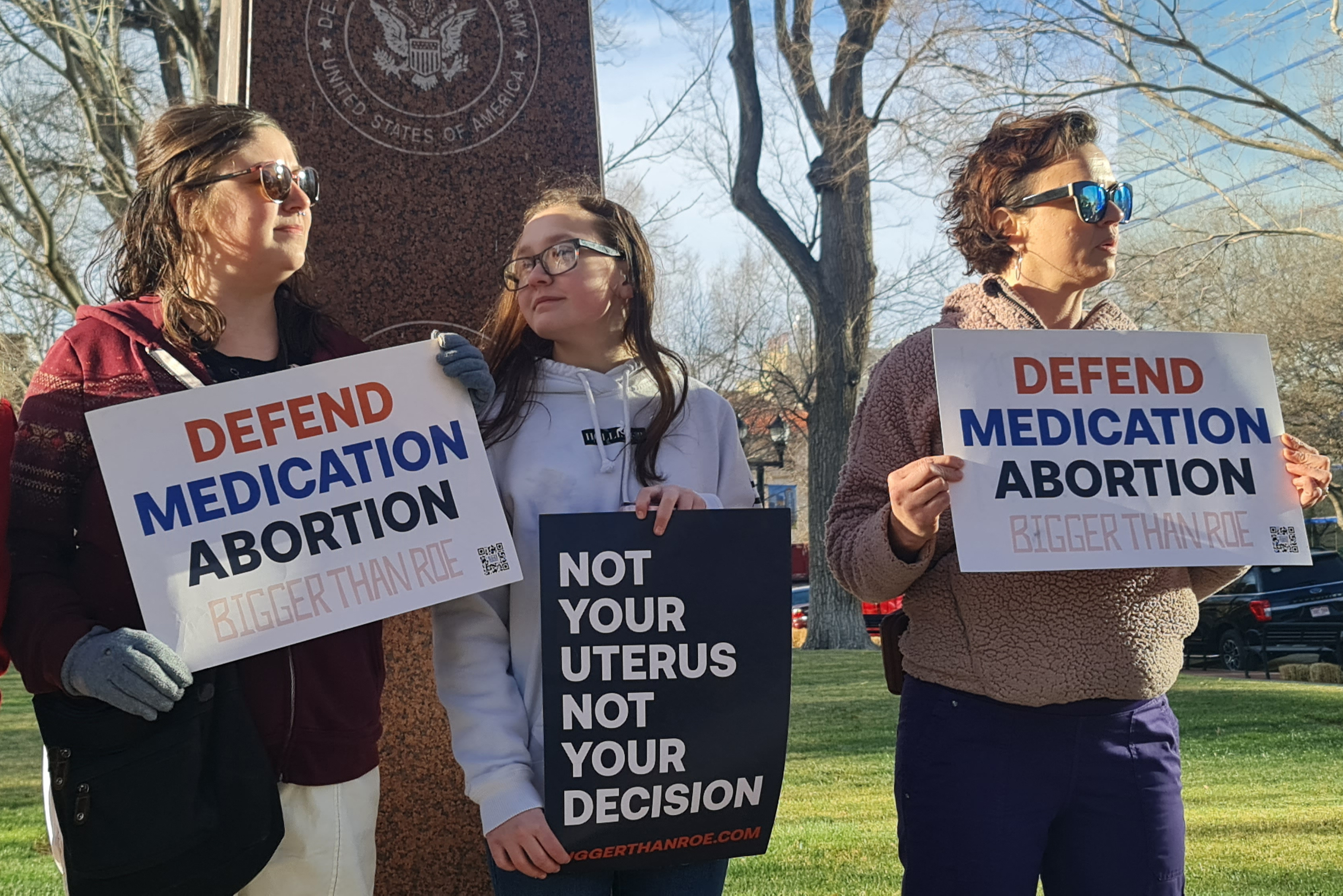Lake Powell Water Releases Shoot Up After Increased Snowpack
Water released from Lake Powell shot up at the beginning of April due to increased snowpack.
Data from the Bureau of Reclamation shows that twice the normal amount of water is being released from Glen Canyon Dam—which forms the reservoir in Utah and Arizona—down into Lake Mead.
Charts show that the last time a large amount of water was released suddenly like this was in March 2021.
Reclamation Public Affairs Officer Becki Bryant told 8 News Now: "The release volume from Glen Canyon Dam for April 2023 will be increased to 910,000 acre-feet because of the increased snowpack throughout March."
Parts of the western U.S.—which is currently in the grips of a drought—saw months of unusually wet weather throughout the winter. This increased the amount of snowpack in the Colorado Rockies. Snowmelt from the mountains provides water to Colorado River reservoirs like Mead and Powell.

The release will surely help Lake Mead's water levels which are at some of the lowest levels ever seen. Lake Powell has also been suffering with low water levels for years.
Lake Mead and Lake Powell are the most important Colorado River Reservoirs. They are each formed by a Dam—Hoover Dam for Lake Mead and Glen Canyon Dam for Lake Powell. These dams create hydropower for the surrounding communities.
But despite these above average snowpack levels, one wet year will do little in the long run to help the effects of the drought. The southwest is facing a water crisis, as officials ponder ways to make drastic cuts.
Earlier this week, the Bureau of Reclamation released two possible separate plans in order to make huge water cuts in 2024, should drastic action take place.
The Bureau's main goal is to conserve enough water so that the Hoover and Glen Canyon Dams, which form Lake Mead and Lake Powell, continue to produce hydropower.
But both plans could have serious implications on Colorado River basin states, which include Arizona, California, New Mexico, Colorado, Utah, Nevada and Wyoming.
The first option presented by the Bureau is based on the priority of water rights. This means water conservation cuts would be based around those who rely on the water most.
The second option is based off a "same percentage" approach. This would see water cuts being spread across the basin states equally. Under this approach, all cities, native tribes and irrigators would need to adhere to the same reductions.
Edith Zagona, a research professor of water resources engineering at the University of Colorado Boulder, told Newsweek that the Bureau should announce further plans for the reservoirs in August and later in the year.
"By August, Reclamation should have a policy that has been decided on formally that allows them to operate the reservoirs in such a way that protects the reservoirs from dropping below power pool and dead pool levels," Zagona said.
"The announcement now initiates the process of getting public input and evaluating the alternatives, and possibly working with stakeholders towards consensus so that by August a policy has been agreed on, giving Reclamation the policy it needs to protect the river. Even if large delivery reductions are not needed in the coming year (we don't know yet), Reclamation needs to have the policy in hand that allows them to operate the river effectively going forward, and the stakeholders need to understand what this policy is and thus what to expect."
Do you have a tip on a science story that Newsweek should be covering? Do you have a question about Colorado River? Let us know via science@newsweek.com.








